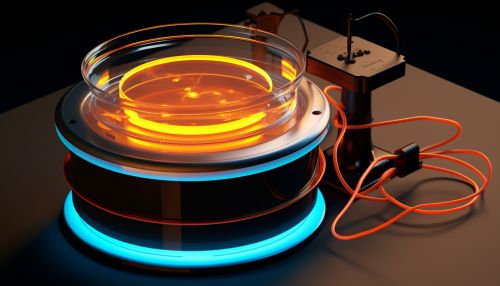The Role of Microbial Electrosynthesis in Renewable Energy
Introduction
Microbial electrosynthesis (MES) is a form of bioelectrochemical system that uses microorganisms as biocatalysts to convert carbon dioxide into multi-carbon organic compounds using electricity. This process is considered a promising strategy for renewable energy production and carbon dioxide reduction.
Principle of Microbial Electrosynthesis
In microbial electrosynthesis, electroactive bacteria are used as catalysts to convert carbon dioxide into organic compounds. These bacteria are capable of extracellular electron transfer, a process that allows them to exchange electrons with their environment. In MES, these bacteria are supplied with electrons from a cathode, which they use to reduce carbon dioxide into more complex organic compounds.


Microorganisms Used in Microbial Electrosynthesis
Various types of bacteria are used in microbial electrosynthesis, including members of the genera Clostridium, Desulfovibrio, and Geobacter. These bacteria are chosen for their ability to perform extracellular electron transfer and their metabolic versatility, which allows them to produce a wide range of organic compounds.
Products of Microbial Electrosynthesis
The products of microbial electrosynthesis are diverse and depend on the type of bacteria used. Common products include acetate, butyrate, and ethanol, all of which are valuable as biofuels or chemical feedstocks. Other possible products include methane, hydrogen, and even more complex compounds like lipids or proteins.
Role in Renewable Energy
Microbial electrosynthesis plays a significant role in renewable energy production. By converting carbon dioxide into biofuels, it provides a sustainable and carbon-neutral method of energy production. Moreover, it allows for the storage of excess renewable energy in the form of chemical compounds, which can be used when energy demand exceeds supply.
Challenges and Future Directions
Despite its promise, microbial electrosynthesis faces several challenges. These include the need for further research to improve the efficiency of the process, the development of more effective microbial catalysts, and the scaling up of the technology for industrial use. Nevertheless, with continued research and development, microbial electrosynthesis has the potential to play a significant role in the transition to a sustainable energy future.
